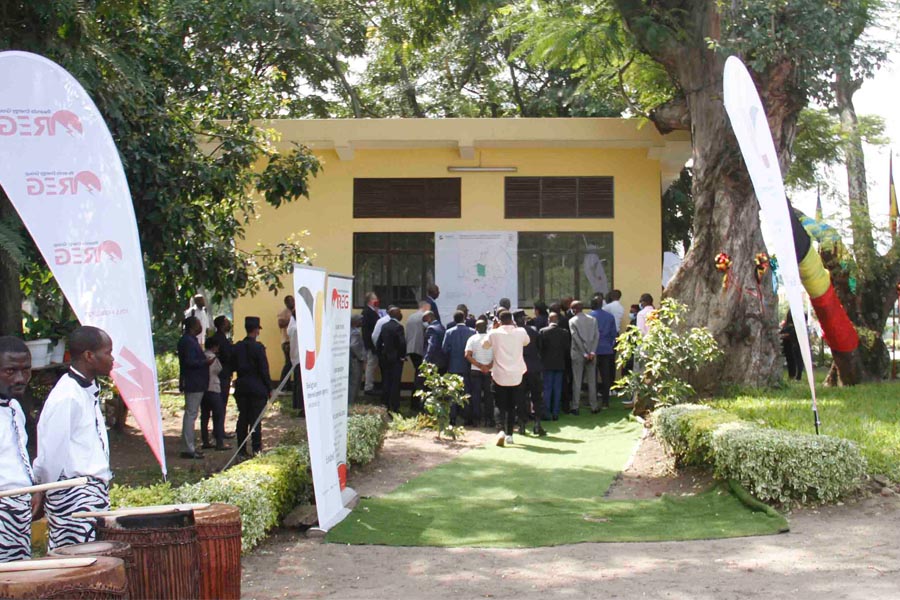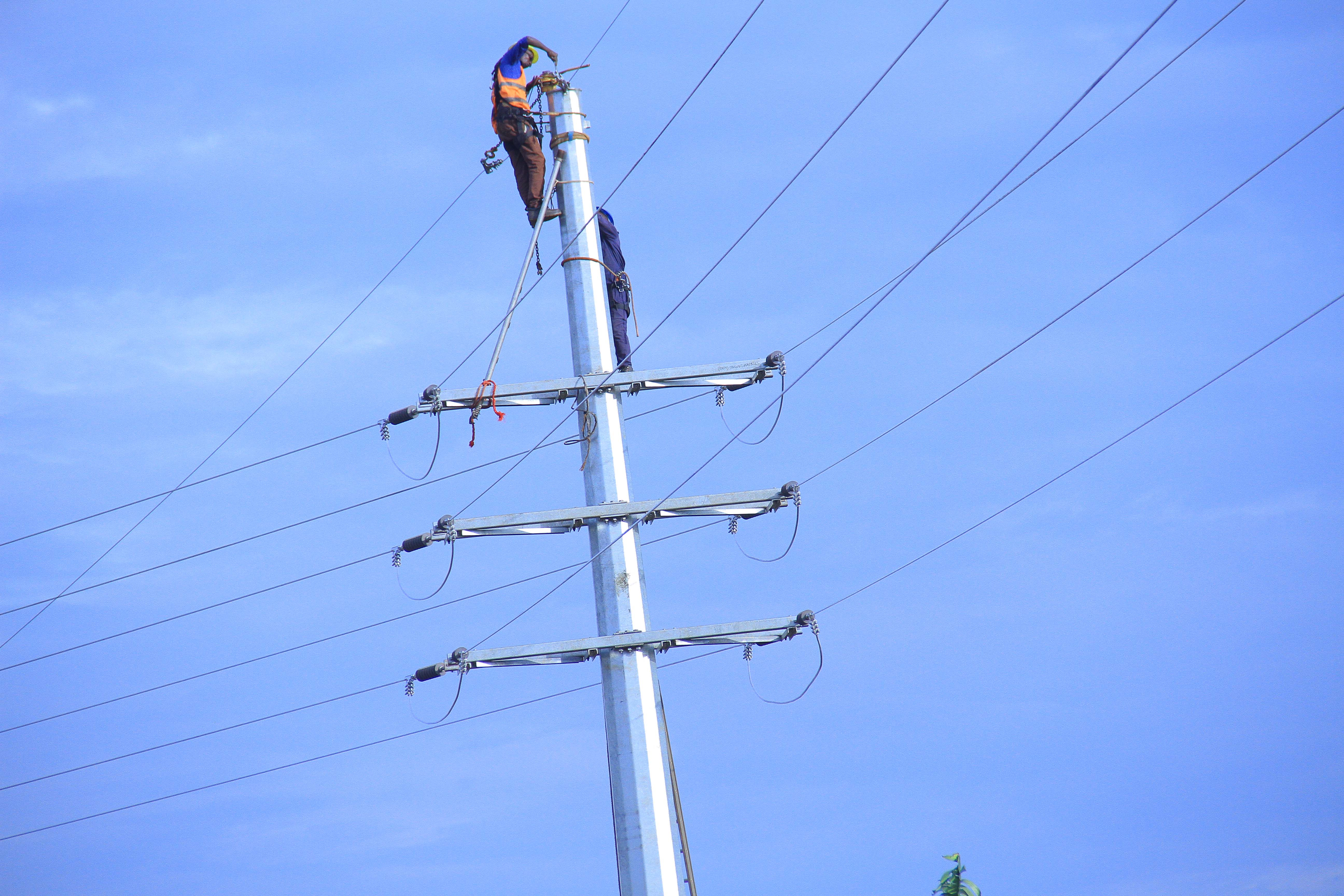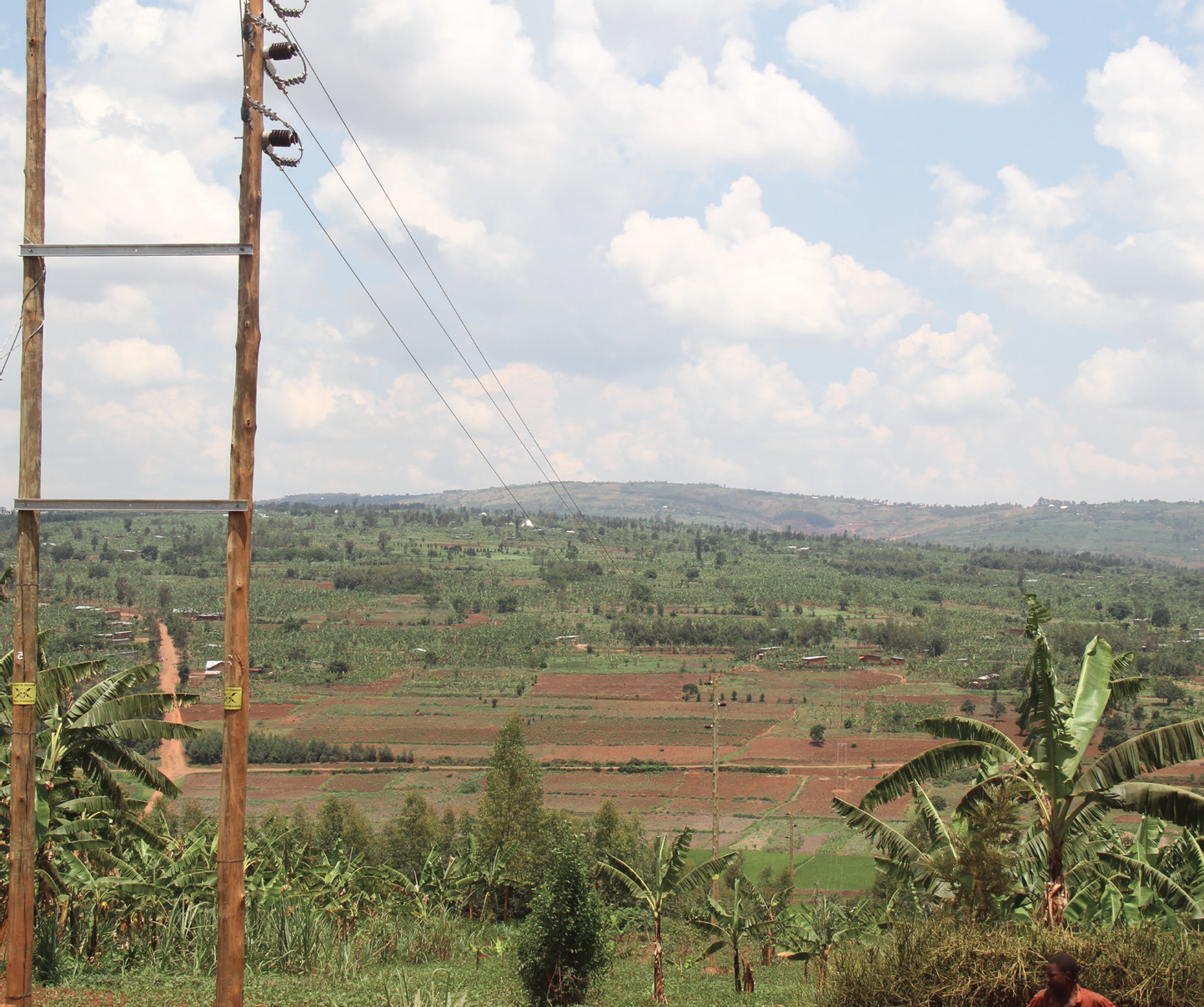News & Events Details

Oct
Around 198 thousand households were electrified during the year 2019/2020
In order to accelerate economic development, the Government of Rwanda has set target to electrify every single household in the country, either by on-grid connection or provision of off-grid solution, mainly solar home systems.
During the year 2019/2020, more than 134 thousand households were connected to the national grid and around 62 thousand were provided with solar home systems.
According to Reuben Ahimbisibwe, the Ag. Coordinator of the Electricity Access Rollout Program (EARP), there are a many ongoing projects to extend Rwanda’s distribution network and therefore allow more on-grid connections, while areas located far from the grid will be provided with standalone solar home systems.
“Last year we extended our distribution network by 839 km of new Low voltage lines and 363 km of new Medium Voltage lines, which enabled us to connect to the grid 134,356 new customers of which the productive users were 471”.
Out of the 471 productive users connected this year, 147 were sector and cell offices, 91 were health facilities, 42 secondary schools, 23 water pumping stations and the remaining included among others markets, factories and telecom towers.
Reuben says that in addition to the population receiving electricity at the outset, connection of all households located nearby the goes on. As of now 56.7% of all households in Rwanda have access to electricity.
“we are very committed to meet the Government’s target of universal electrification. We now have many other ongoing projects to build new distribution lines and we are planning to electrify more than 100 thousand households this year ”he said.
In addition to this, a total of 62,306 households were provided with off-grid electricity. These off-grid connections are mainly standalone solar home systems installed by the independent private companies on a willing-buyer-willing-seller basis.
Ongoing projects
Among the projects under implementation include project funded by the Arab Bank for Economic Development in Africa (BADEA), which will connect to the grid around 18,000 households in Nyagatare and Burera Districts.
There is also a World Bank-sponsored project which will provide electricity to more than 13,000 households in the Eastern Province, 10,000 in the Southern Province, 8,000 in the Northern Province and more than 5,700 in the Western Province.
There is another project funded by the African Development Bank (AfDB) that will provide electricity to more than 6,280 households in Ngororero District and about 4,835 in some Districts of the Northern Province.
In addition to these projects, which are co-funded by the Government of Rwanda and various donors, there are various other projects being undertaken financed by the Districts budgets.
Access to electricity in off-grid areas
While the grid extension across the country will take time to be completed and therefore challenge the quick universal electrification, some areas located far from the grid network have been designated to be provided with off-grid solutions as a solution that will help to achieve the country’s electrification goal.
A map has been elaborated showing how electricity will be distributed in each part of the country and the technology that will be used, either on-grid or off-grid.
James Twesigye the Head of Off Grid solutions at EDCL said that as of today, more that 15% of Rwanda’s households have access to electricity thanks to off-grid systems
“As of now, we have signed cooperation agreements with 21 private companies to deliver solar home systems to residents living in off-grid areas”.
James also said that there are special subsidy programs to enable the poor families living in off grid areas to buy solar systems at a low cost under loans which don’t require collaterals.
He said that the first subsidy was established through the Development Bank of Rwanda and will be offered to eligible households living in off-grid areas. Interested people should go to their respective SACCOs and provide all the required information enabling them to get the subsidies and loan to acquire the solar systems from the nearest vending companies.
“Beneficiaries from Ubudehe 1 category will be subsidized by 90 per cent, Ubudehe 2 by 70 per cent and Ubudehe 3 by 45 per cent. We strongly encourage everyone who needs to acquire a solar home system to go to use this opportunity as the program will end in April 2021” he said.
The second subsidy program was established through Endev program supported by GIZ. The program also provide subsidies to families that need to buy solar home systems depending on their Ubudehe categories. It is implemented in 5 Districts of the Southern Province namely Nyanza, Nyamagabe, Gisagara, Huye and Ruhango.
Twesigye also says that there are projects to electrify households located in off-grid areas by using mini-grid systems supplied by micro power plants, either hydro or solar.
“There are mini-grids which will be built by private companies or donor projects to give access to electricity to households located in off-grid areas. This helps us to reach our target of universal electrification as mini-grids enable citizens to use high consuming appliances and therefore start some businesses such as milling, hair dressing, carpentry, and welding" he said.
Categories
Archives
- November 2024
- October 2024
- September 2024
- July 2024
- May 2024
- April 2024
- March 2024
- August 2023
- July 2023
- June 2023
- May 2023
- April 2023
- February 2023
- December 2022
- August 2022
- July 2022
- June 2022
- May 2022
- April 2022
- March 2022
- February 2022
- January 2022
- December 2021
- November 2021
- September 2021
- August 2021
- July 2021
- June 2021
- May 2021
- April 2021
- February 2021
- January 2021
- December 2020
- November 2020
- October 2020
- September 2020
- August 2020
- July 2020
- June 2020
- April 2020
- March 2020
- February 2020
- January 2020
- December 2019
- November 2019
- October 2019
- September 2019
- August 2019
- July 2019
- June 2019
- May 2019
- April 2019
- March 2019
- February 2019
- January 2019
- December 2018
- November 2018
- October 2018
- September 2018
- July 2018
- June 2018
- April 2018
- March 2018
- February 2018
- January 2018
- December 2017
- November 2017
- August 2017
- July 2017
- June 2017
- March 2017
- February 2017
- January 2017
- December 2016
- November 2016
- August 2016
- July 2016
- June 2016
- April 2016
- February 2016
- May 2015
- April 2015
- March 2015
- January 2015
- December 2014
- August 2014
- July 2014
Related News
Our Partners
Please fill in the form or Call us on our Toll free number 2727



























